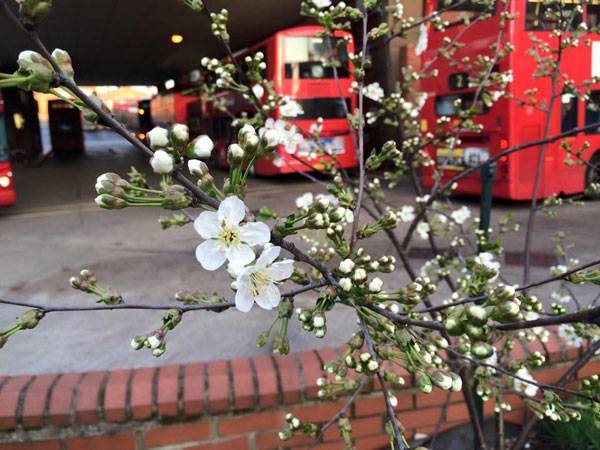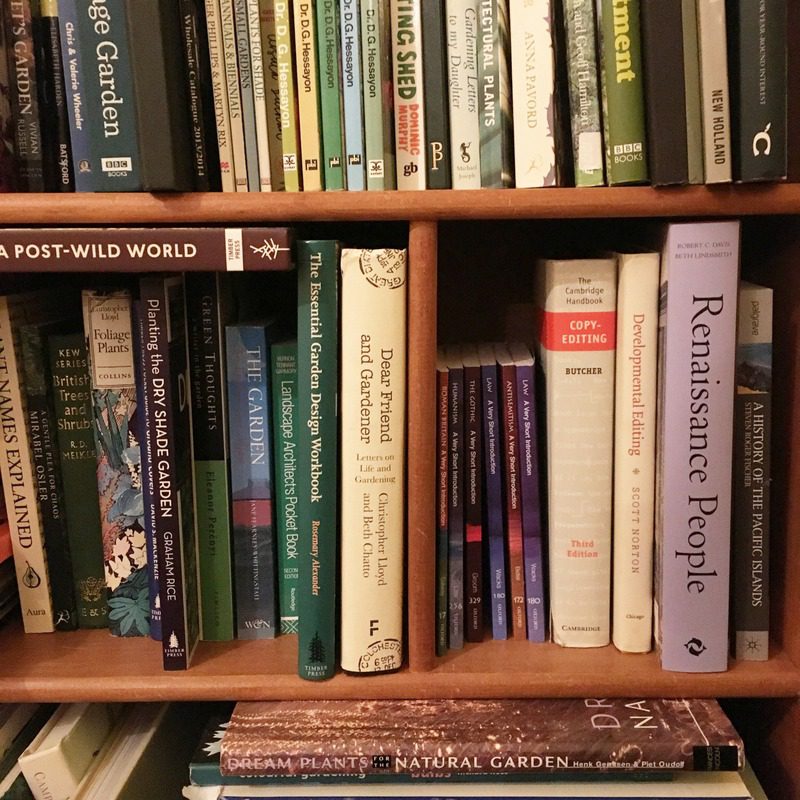London was once full of orchards – in gardens, parks and commercial spaces. Most have long since been built over or neglected, and the skills needed to tend fruit trees are largely lost. The Open Orchard Project is part of a movement to reverse this trend, working with communities to plant and care for fruit trees in public places, build links between residents and green the city.
The newest of these orchards was planted in early February on Vale Street, with three trees in the Tritton Vale Pocket Garden and eight on the corner with Carnac Street, opposite the Vincennes Estate. Residents, along with families from nearby Elm Wood Primary School and friends from further afield, worked with Mich Thill, Kat Lochmann and Wayne Trevor of Open Orchard to plant apples (eating, cider and cooking), pears, and a range of stone fruit for preserving, cooking and eating straight from the tree.
Right from the start of the project in early 2016, the Tritton Vale Pocket Garden team were impressed by local people’s passion for fruit trees. It was clear that we had to plant as many of the requested trees as we had room for, and it was great to get the long-awaited cider apple, cherry and plum trees planted.
But there is a deeper significance to the varieties selected: all have some connection to France. They were chosen by Open Orchard, in consultation with Gipsy Hill residents, to recognise this area’s commemoration of the heroes of the French resistance. The Vincennes Estate, which overlooks the new orchard, was built by Lambeth in 1964. It was named in memory of World War II resistance heroes including Violette Szabó and Lilian Rolfe, both of whom had local connections. Remembrance Day services are held at the Vincennes war memorial on the estate.
Varieties in the new orchard include the greengage Reine Claude de Bavay, the late-season Bigarreau Gaucher cherry and the traditional French mirabelle, Mirabelle de Metz. While Metz is remembered as the site of one of the major battles of World War II, the surrounding countryside is also famed for its production of this versatile little plum. We’re pleased to have participated in this positive project, and look forward to blossom on Vale Street this spring!

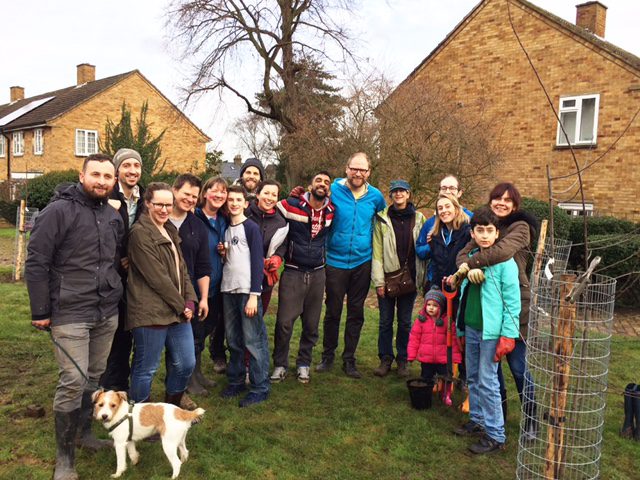
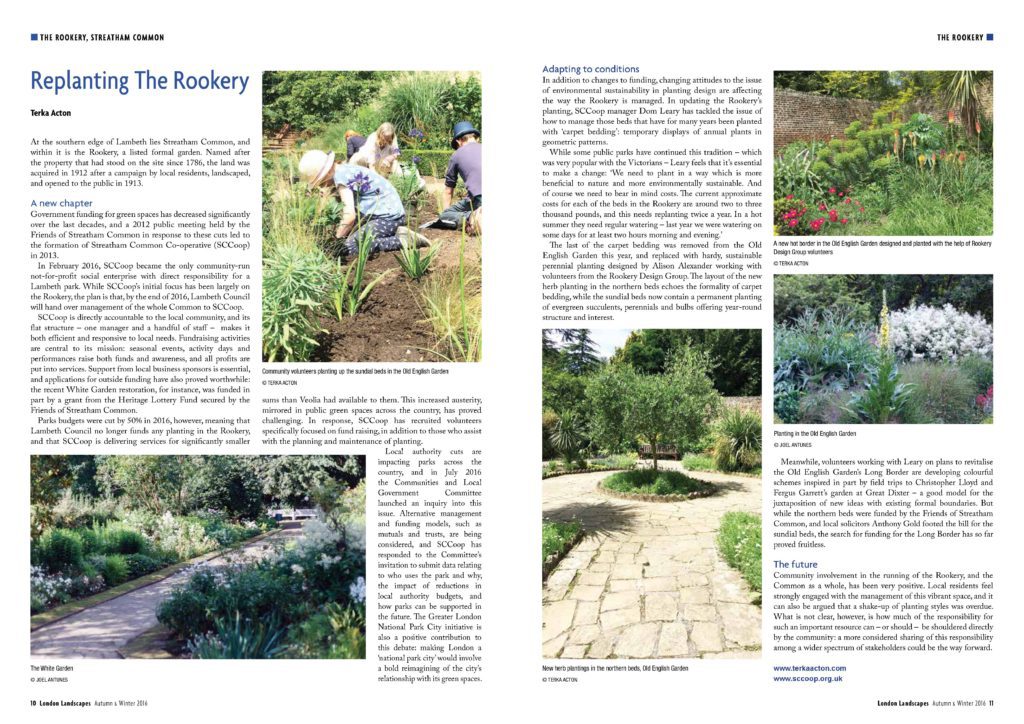
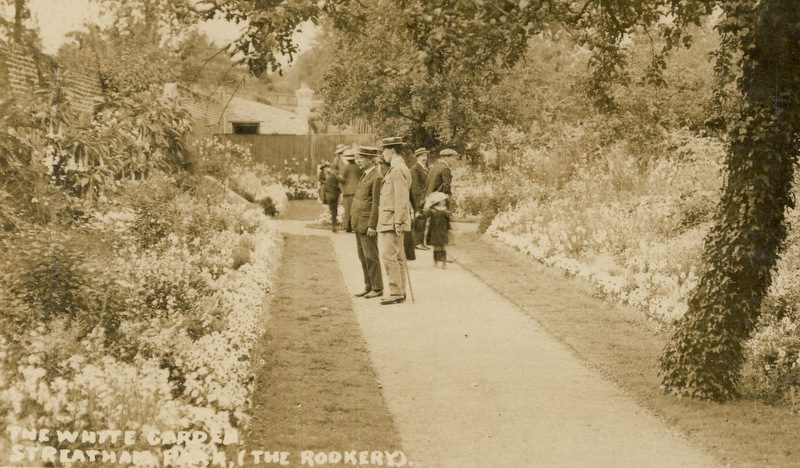
 This article first appeared in the August 2014 edition of Common Knowledge, the newsletter of the Friends of Streatham Common. The illustration, taken from a contemporary postcard, shows visitors admiring the newly-opened White Garden.
This article first appeared in the August 2014 edition of Common Knowledge, the newsletter of the Friends of Streatham Common. The illustration, taken from a contemporary postcard, shows visitors admiring the newly-opened White Garden. 